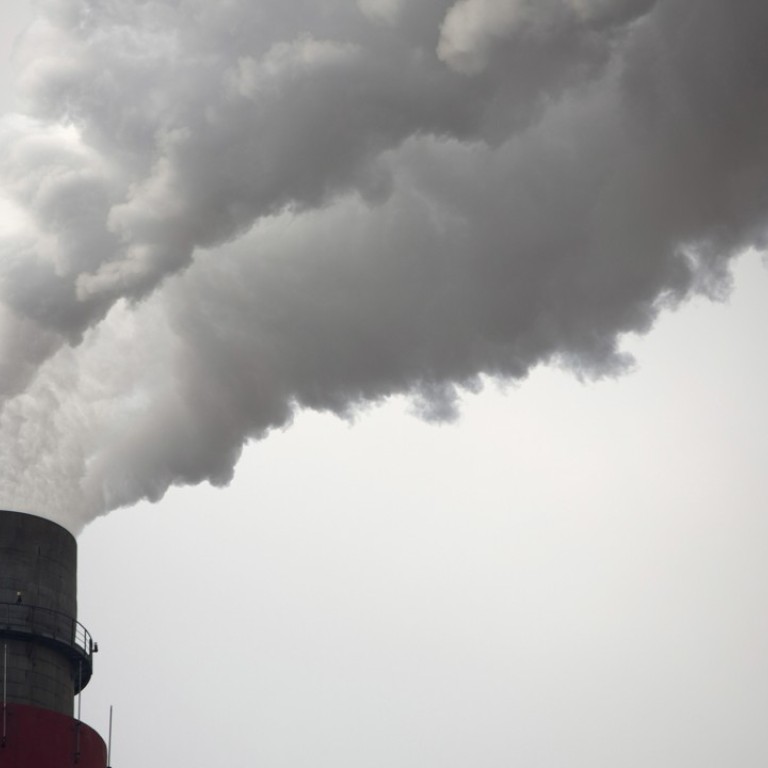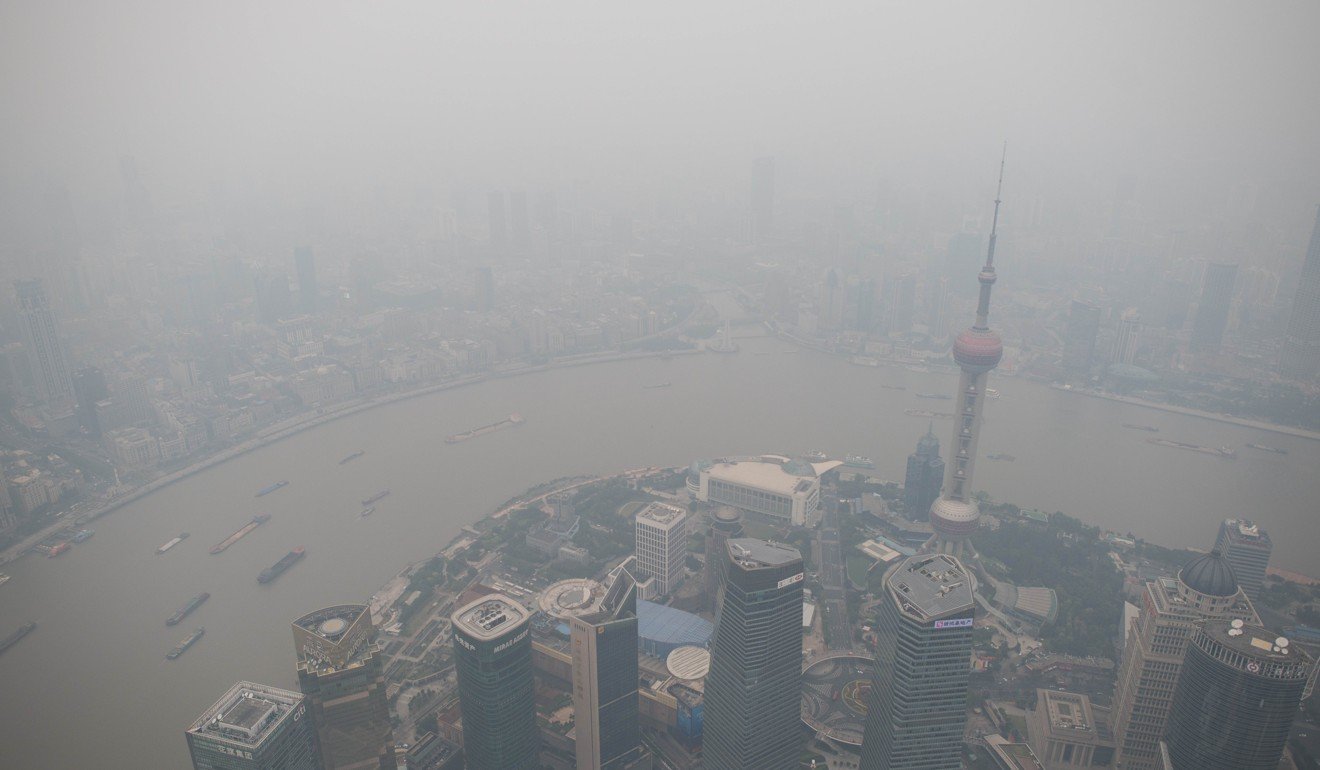
Some good news on China’s air pollution fight, but it comes with a warning
US researchers find a new anti-pollution law in China has led to a drop of nearly 14 per cent in sulphur dioxide emissions at 256 coal-fired power plants
An American study has found that one element of China’s anti-pollution campaign appears to be working, although it offered some scepticism and suggested that the Chinese government take further steps to reduce the incentive for polluters to manipulate data.
The paper, “Quantifying coal power plant responses to tighter SO² emissions standards in China”, was published in the Proceedings of the National Academy of Sciences on Monday.
China to snuff out small-scale coal black spots in pollution war
Researchers at the Massachusetts Institute of Technology, Columbia University and University of Colorado compared sulphur dioxide data from Chinese monitoring systems with Nasa satellite data that measures sulphur dioxide concentration levels globally to examine the impact of a specific law China put in place.
That law, the Emission Standard of Air Pollutants for Thermal Power Plants, required coal-fired power plants to significantly reduce emissions of sulphur dioxide starting in July 2014.
The data from the Continuous Emissions Monitoring Systems (CEMS) – power-plant sensors that capture on-the-ground concentrations of pollution – in 256 plants in Shanghai and Hubei, Shandong and Guangdong provinces showed that, with the policy in place, the concentration of these emissions at coal-fired power plants fell by 13.9 per cent between January 2014 and July 2016.
China to expand environmental checks to more cities and regions in anti-pollution drive
However, researchers found, while post-policy reductions in CEMS and satellite measurements corresponded closely in non-key regions, plants were least compliant in key regions, where air pollution is more severe with more population and the law called for greater reductions in sulphur dioxide emissions.
The maximum allowable concentration of sulphur dioxide in non-key regions is as much as 200 milligrams per cubic metre, four times of the limit in key areas.
“Because we’re comparing patterns in the CEMS to a trusted and well-established data source, that helps make the case that what we’re seeing here is real, and there’s an explanation behind it,” Valerie Karplus, assistant professor with the MIT Sloan School of Management and an author of the paper, told the MIT News.
But the study also cautioned to regard the results sceptically.
More Chinese cities get black marks for pollution failures
“The stricter new standards and greater pressure to comply may have generated incentives for plant managers to falsify or selectively omit concentration data,” researchers wrote.
“Our findings based on the satellite comparison further suggest that manipulation is far from universal but may have increased as compliance grew more costly or difficult,” researchers added, saying that prior studies documenting efforts to improve sulphur dioxide policy enforcement in China have raised questions about the quality of the CEMS data.

Despite a large drop in concentrations of sulphur dioxide emissions, many firms ultimately fell short of reduced-emission goals. As of June 2016, nearly half the plants in key regions had not complied with the strictest new standards, and many smaller plants did not have CEMS installed.
“To achieve continued air quality improvement, our results suggest a need for increased scrutiny of emissions data quality and monitoring practices and clear long-term targets,” researchers suggested.
Air quality worsening in China’s Yangtze River Delta in 2018, figures show
Researchers recommended strengthening incentives for accurate and comprehensive reporting, starting with clarifying reporting requirements and toughening penalties for data inaccuracies or falsification.
The researchers also suggested that emitters could also be allowed more time to comply with stricter standards. And, they said, emissions trading systems might also help to alleviate high costs for some plants and provide compliance flexibility.

